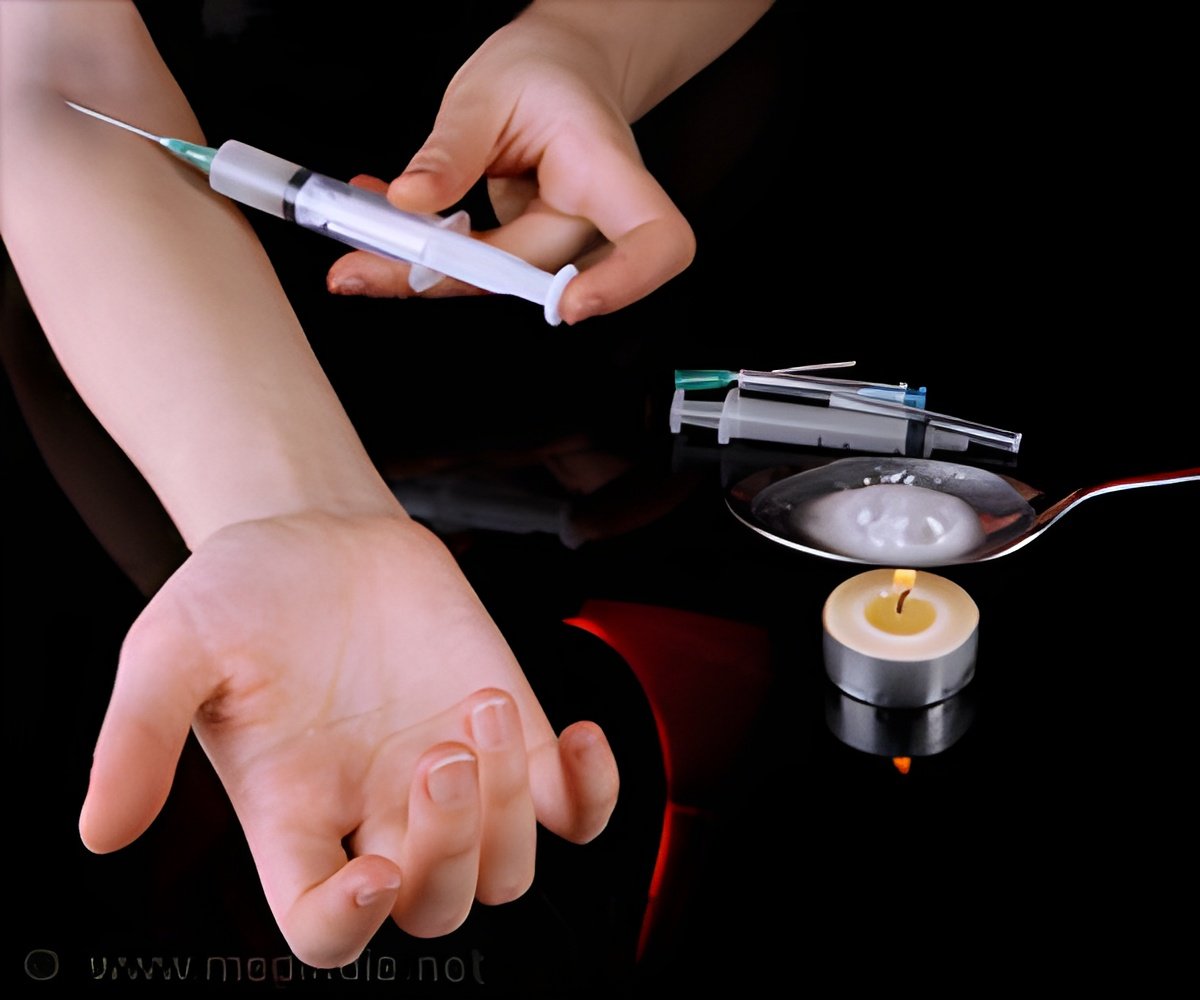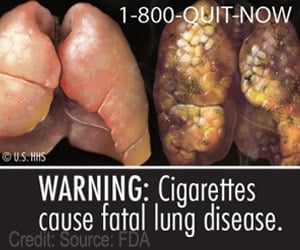A recently released study by Columbia University's Mailman School of Public Health, found that young adults who do not attend college are at a higher risk of using non-medical prescription opioid

Approximately 70 percent of all U.S. young adults enroll in some form of college education, but around 30% do not. “Our findings clearly show there is a need for young adult prevention and intervention programs to target non-medical prescription drug use beyond college campuses," said Silvia S. Martins, MD, PhD, Mailman School of Public Health associate professor of Epidemiology.
While a large proportion of young adults, aged 18 to 22, are prescribed opiates, non-medical use of opioids is second only to marijuana as the most prevalent form of illegal drug use among young adults. "This age group is particularly vulnerable to the development of adverse substance using patterns, due in part to the process of identity formation that emerges at this developmental stage," noted Martins, first author of the study. The researchers analyzed public data for 36,781 young adults between the ages of 18 and 22 over a 12-month period in 2008 through 2010 from the National Survey on Drug Use and Health, an annual cross-sectional survey of the Substance Abuse and Mental Health Administration. Using the Kessler 6 screening instrument, the researchers also measured past-year serious psychological distress as self-reported by the respondents. Non-Hispanic Blacks and Asians were less likely to use prescription opioids non-medically in the past-year compared to non-Hispanic Whites. Those who reported experiencing psychological distress most recently were more likely than those without distress to be non-medical users of the drugs. The researchers also looked at non-medical use of prescription stimulants.
The result was the opposite of what they found with opioids: Those without a high school degree and those who completed high school or equivalency were less likely to have used non-medical stimulants compared to their college-attending peers. Asian users of the stimulants for non-medical purposes were more likely than whites to develop a stimulant use disorder. Living in a large metropolitan area was associated with a greater use of stimulants that were not prescribed compared to those living in less urban areas. Hometown size also had a bearing on whether this led to a stimulant-use disorder.
"More than 40 percent of the non-medical prescription opioid and stimulant users identified in our data who initiated use of these drugs at 18 years of age or younger went on to develop prescription opioid and stimulant disorders," said Martins. "Therefore, prevention messages targeting young adult users of these drugs without a prescription are crucial to prevent escalation to either of these syndromes."
Source-Eurekalert











